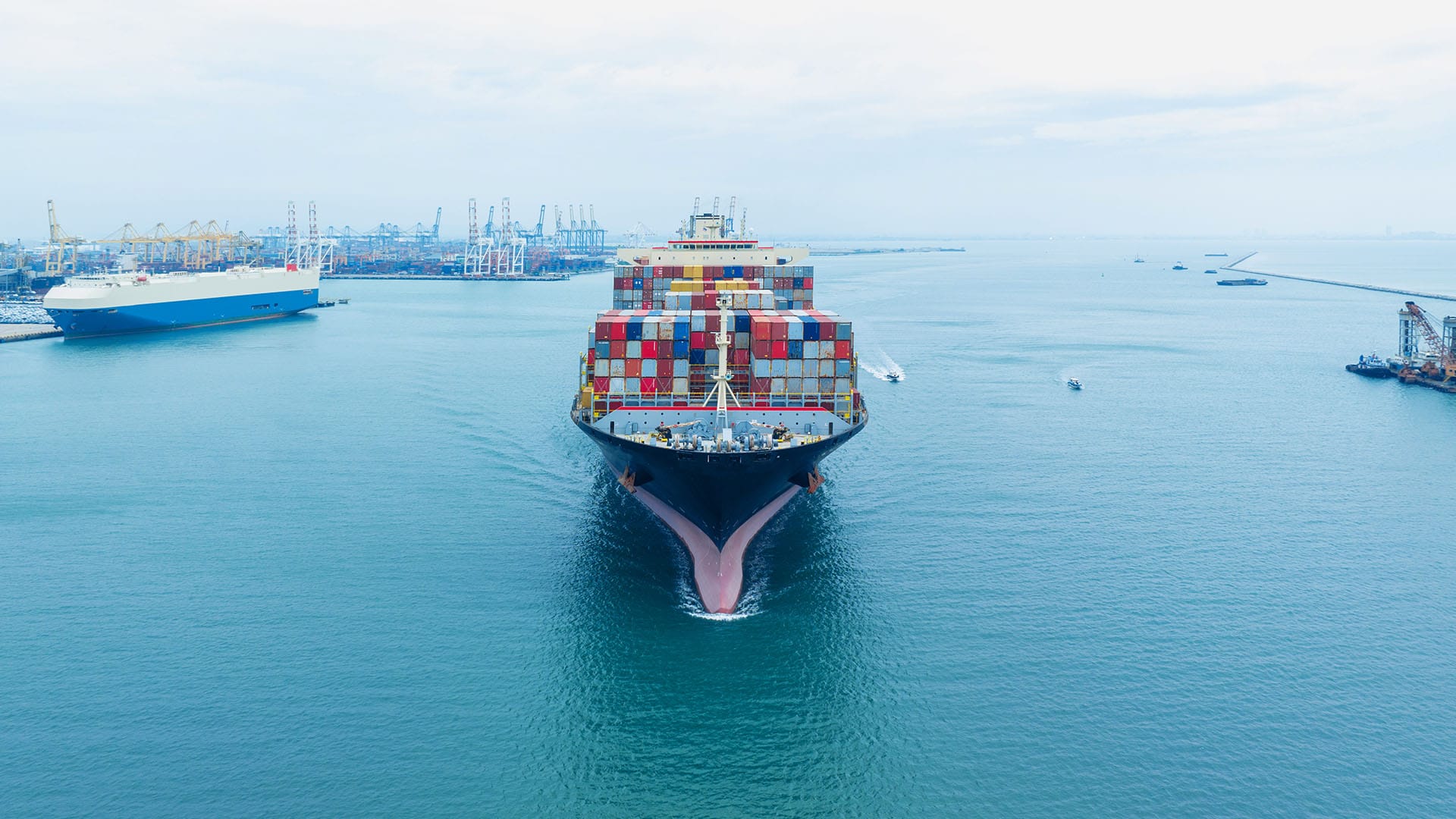If you sell on Amazon and want to outsource your fulfillment, here are common pitfalls to consider before you choose FBA over an independent 3PL provider.
FBA’s high costs
There are a number of fulfillment problems by Amazon. You’ve likely read about some of them. But the biggest problem is companies’ difficulty preserving margins because of FBA’s high costs.
Amazon charges sellers a variety of fees — monthly storage charges, membership fees, shipping and gift wrapping fees, etc. Amazon also takes a percentage of the total sale price, depending on the type of item being sold. That percentage fee can vary from a low of 6 percent for personal computers to a high of 45 percent for Amazon device accessories. It’s hard to preserve margin, given Amazon’s high storage rates. Find out Amazon’s storage price sheet and compare the price with other fulfillment providers.
Amazon FBA inventory delays and lost products
Some sellers have complained of delays that can stretch from days to weeks for their inventory to be logged into the Amazon FBA system and ready to ship. This can cause delays in your customers’ orders, leading to a drop in your seller ratings or even cancelled orders. Even if the delay doesn’t impact your customers, inventory that sits on a pallet on a loading dock ties up your capital without bringing in money, something you want to minimize in your e-commerce business.
Your product can also get lost in the Amazon supply chain. When this happens, you must file a claim, and Amazon will usually reimburse you for the loss. In the meantime, once again, you aren’t generating sales. To add insult to injury, the amount of your reimbursement may be based on Amazon’s valuation of your merchandise, not what you actually paid for it.
No Branding
When FBA ships your product, the customer experience is around Amazon, not your brand. All Amazon FBA orders are shipped in boxes with the Amazon logo. You don’t have the option to include a personal note from you to your customer or to ship in a box with your brand or even a neutral box. While Amazon FBA does offer multi-channel fulfillment, orders from your website and other platforms will still be sent in Amazon boxes. This can create confusion and could detract from the relationships you want to build with your repeat customers. If establishing a strong brand is important to you, you’ll have to look beyond Amazon FBA.
No flexibility, no customization
Do you ever need to customise a package with a hand-written note, gift wrapping, or any other personalisation? If so, that’s not going to happen with fulfillment by Amazon. The FBA machine is built for Amazon’s own efficiency, not flexibility. If you choose 3rd third-party fulfillment provider instead of FBA, your 3PL provider can add inserts and personalized marketing materials to your customers’ orders or help you source uniquely branded boxes and even tissue paper with your company’s logo.
FBA’s poor customer service
The test of any vendor is not when things go smoothly but how well they handle the problems that inevitably occur. According to Amazon seller forums, Amazon FBA does not do well on this test, nor does it appear to be getting better. Sellers report spending hours on the phone and exchanging multiple emails with customer service. Problems can sometimes take weeks to resolve. According to FBA sellers, Amazon Support is no help at all. You can get completely different answers to the same questions from different support members.
Forced free shipping
The products of sellers who use Amazon FBA are automatically eligible for free Amazon Prime shipping. While this can be a plus in attracting more Prime customers, you still have to pay for the shipping costs. You won’t be able to decide which products get free shipping. Whatever your margin on an item, you’ll have to absorb the shipping costs for Amazon Prime orders.
Before you sign up for Amazon FBA, you’ll need to calculate not only the fees for the service but also the extra bite that free shipping can take out of your bottom line.
Sales tax headaches
According to the largest accounting firm in the US, every fulfillment center location that warehouses your inventory must now collect sales tax in the state and pay that state’s sales tax. If you generate enough revenue in that state, you then have to file state income tax.
Amazon has fulfillment warehouses in at least half the states in the US. It’s hard to track exactly where these fulfillment centres are located because Amazon doesn’t like revealing this information. Amazon FBA won’t tell the seller where his inventory is stored and may move his inventory from one warehouse to another. The seller can only find out where his products are stored by looking at the locations from which Amazon FBA shipped his orders.
Conclusion
Many online sellers have a hard time reconciling Amazon’s fees, branding policies, and fulfillment problems when measured against the impact on their profits. Amazon may be a great sales channel, but it is a poor fulfillment solution. Just because you sell products on Amazon does not mean you have to suffer the various Fulfillment by Amazon problems.
There are many direct-to-consumer fulfillment specialists out there, including swiss mail solutions, that can deliver a customized and scalable solution for all your sales channels – including Amazon.









